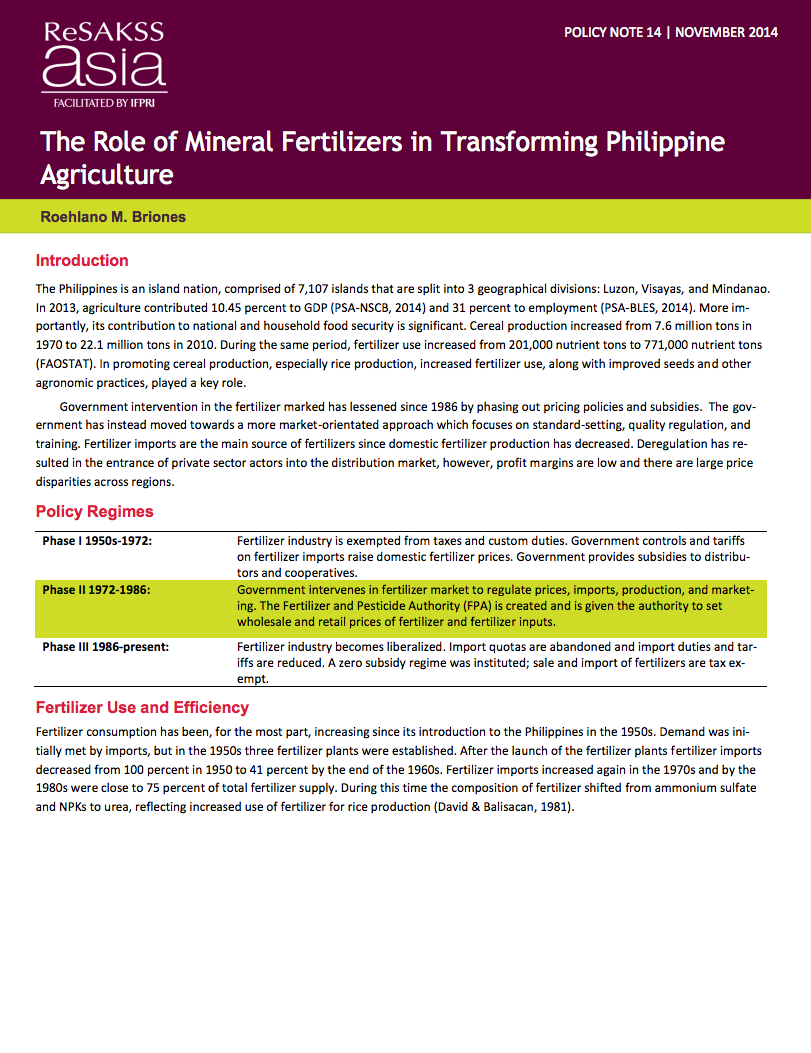Using Natural Resources in an Optimal Way
To ensure sustainable and optimal use of
its common property natural resources, Mexico will need to
strengthen its focus on enhancing stewardship in three key
sectors-forests, water, and energy resources. The key
objectives include the following: 1) identifying options
that would contribute to Mexico's climate agenda and
build social resilience through forest management; 2)
ensuring economically efficient and environmentally and



